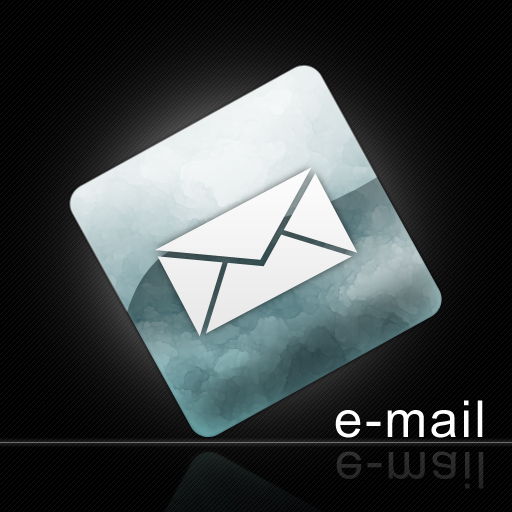Your cart is currently empty!

Writing E-Newsletters
A new study out of the UK claims that e-mail marketing brings in a 45-fold return. I haven’t seen the raw data, but I find it believable. An electronic newsletter is the least expensive means available for reaching lots of clients, customers, or potential clients and customers with a strongly targeted message.
Here are some suggestions for making the most of your email newsletter:
- Make sure it looks good. The example below has been put together by a business owner using a free newsletter program. They’ve left in the stuff that was just there to guide them, and they’ve made simple grammar and punctuation errors. The information isn’t organized in a useful way, and their headline isn’t a good choice for the text below it. The overall effect is not professional, and with some consumers, they’ll lose trust. Since this company has an ongoing service, one new customer can be worth thousands of dollars. They’ve saved a maximum of $100 with their attempt, so this is clearly a bad business decision. Unless you actually have someone on your staff with the skills and tools to do it for you, hire a professional.
That doesn’t mean it has to be fancy. The example below is directed toward an audience with a high tolerance for the do-it-yourself look, and this is just a plain text email. The content is good and desirable to the population, and what’s being done here is all being done correctly. If you have limited technical skills to draw on (but good writing skills), then an approach like this may work better than the example above.
- Make sure it’s valuable to your readers. As with most other online forms of marketing, it really can’t be all about you. Your readers are thinking about themselves, not about you, so you have to be offering them some value or they won’t bother to read your newsletter. The example below offers contests, projects, and information about an upcoming event, not just information on the company or blatant ads. That’s true for all the examples here, and it’s an absolute basic.
- Make sure you have a call to action. If people just read your newsletter and can’t do anything about it, you haven’t made good use of your newsletter. The newsletters below have links back to the company’s main websites, and opportunities to download items.
Ironically enough, both these examples are tech companies, and both had some little technical troubles with their buttons. The moral of this story is that you should always test your newsletter before you roll it out for real.
One final reminder: don’t try to send your newsletter out from your normal email account. You’re very likely to be identified as a spammer if you do that, however willing your readers are to receive your newsletter, and however good your newsletter may be. It’s part of the spam filter process. So go ahead and use a service. Your webmaster may offer that service, or you can look into a company like Constant Contact or iContact.
by
Tags:






Leave a Reply